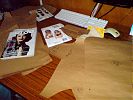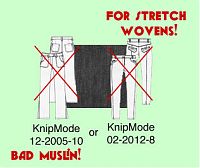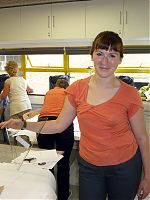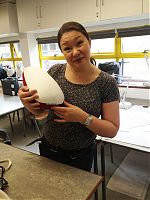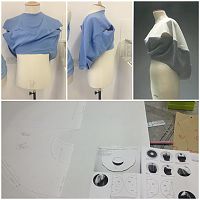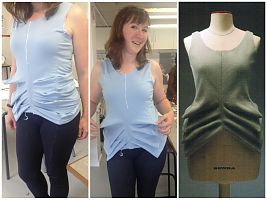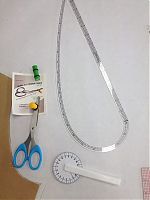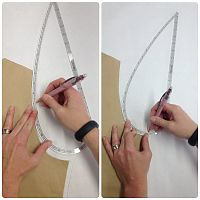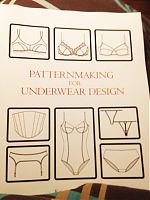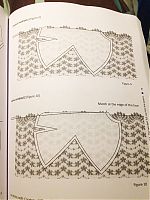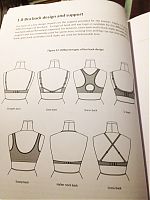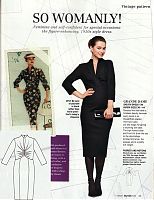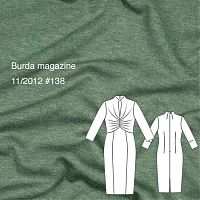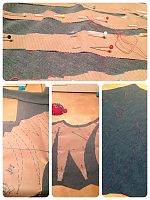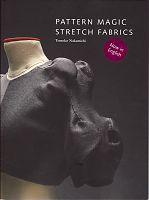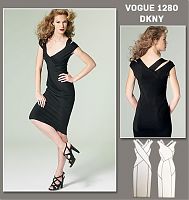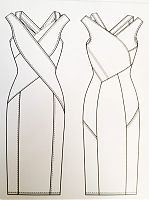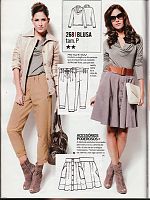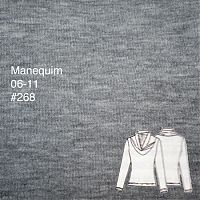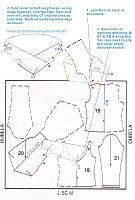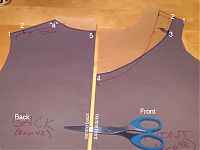How to trace a pattern
I often see other sewers complain about tracing patterns from magazines like Burda World of Fashion, Knip Mode, or Patrones, and I thought I’d share my method for tracing patterns. I don’t have a big window, and carbon paper is just way too messy for me, so I’ve gradually come up with this method and it’s quick and easy enough that I trace out all my patterns this way – even the tissue envelope patterns.

Step 1 – Gather your materials
You’ll need a big roll of paper – I buy a big roll of (usually brown) craft paper from Staples, but you can also use rolls from the post office or doctor’s surgery paper or anything else similar. You’ll also need a serrated tracing wheel (found in haberdashery shops), a marker pen, a pair of scissors, and a few weighty objects to keep the layers from slipping around (not shown).

